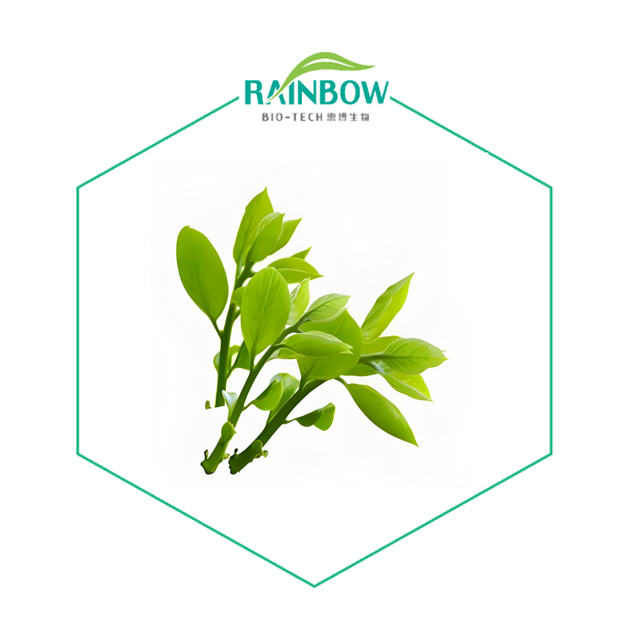
Products
Buy High-Quality Crytisine Online
Description
Molecular structure:

Functions
Cytisine is a naturally occurring alkaloid found in several plant species, such as Cytisus laborinum and Laburnum anagyroides. It has been used for many years as a smoking cessation aid due to its similarities to nicotine.The primary function of cytisine is as a partial agonist of nicotinic acetylcholine receptors (nAChRs). These receptors are found in the brain, specifically in areas involved in addiction, and are responsible for mediating the rewarding effects of nicotine. By binding to and activating these receptors, cytisine helps reduce nicotine cravings and withdrawal symptoms during smoking cessation.Cytisine has been shown to be an effective treatment for nicotine addiction in various clinical studies. It can help improve quit rates and reduce the severity of withdrawal symptoms, making it a helpful aid in smoking cessation programs.
It's important to note that cytisine can have side effects, such as nausea, vomiting, and sleep disturbances. Like any medication, it should be used as directed and under the supervision of a healthcare professional. If you're considering using cytisine as a smoking cessation aid, I recommend consulting with your doctor for personalized advice and guidance.

Specification
| Item | Specification | |
| Assay(HPLC) | ||
| Cytisine: | ≥98% | |
| Standard: | CP2010 | |
| Physicochemical | ||
| Appearance: | Light yellow crystalline powder | |
| Odor: | Characteristic oder | |
| Bulk Density: | 50-60g/100ml | |
| Mesh: | 95% pass 80mesh | |
| Heavy metal: | ≤10PPM | |
| As: | ≤2PPM | |
| Pb: | ≤2PPM | |
| Loss of Drying: | ≤1% | |
| Ignited Residue: | ≤0.1% | |
| Solvent Residue: | ≤3000PPM | |








